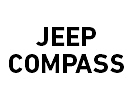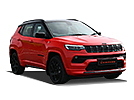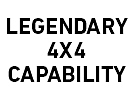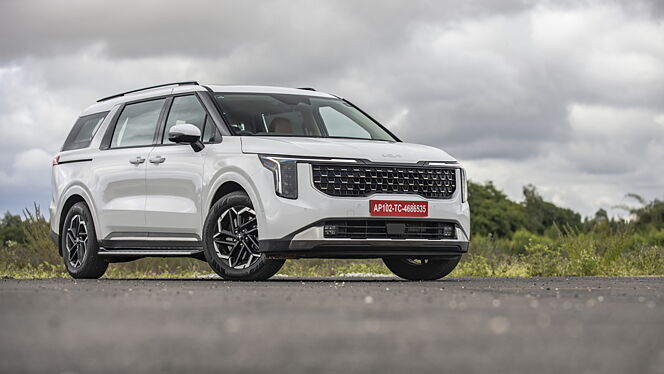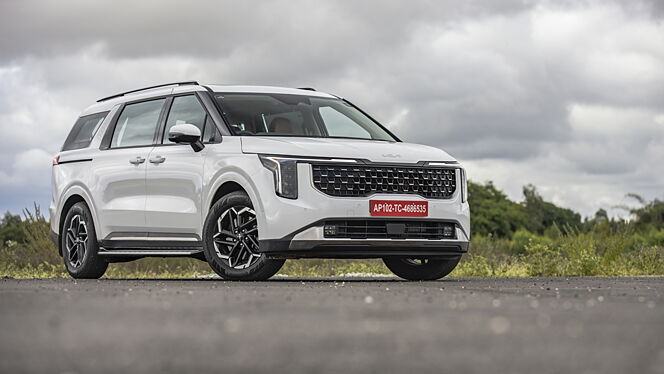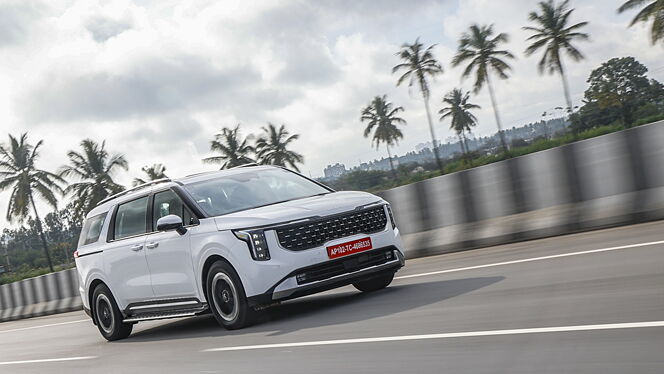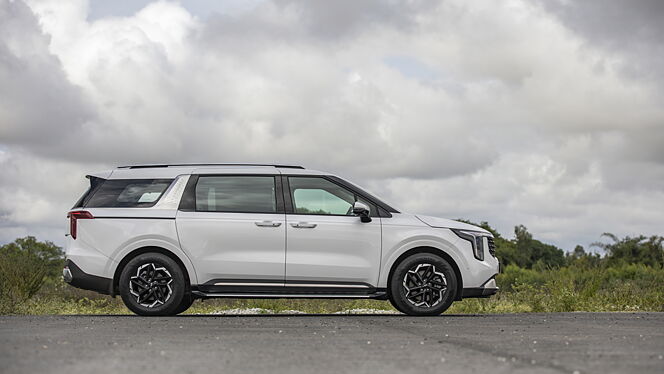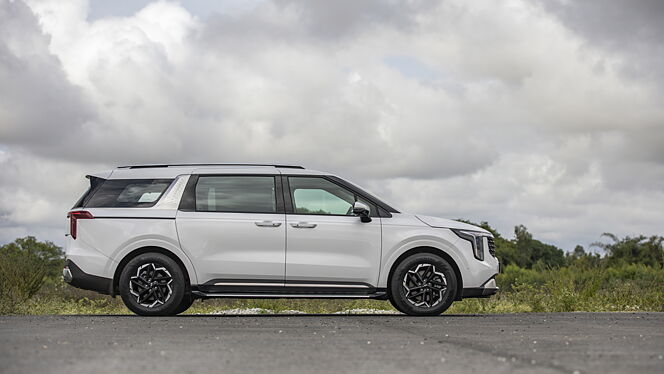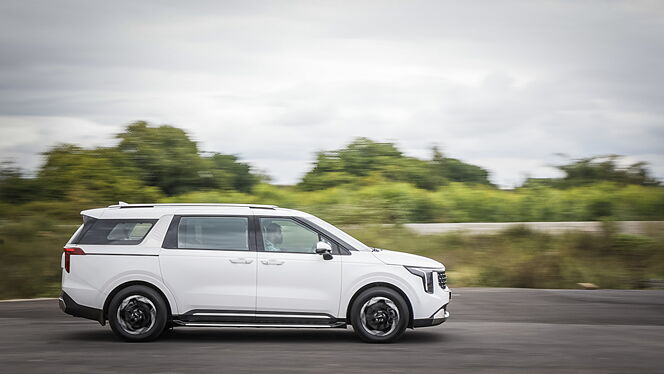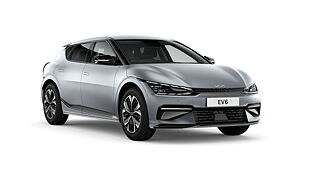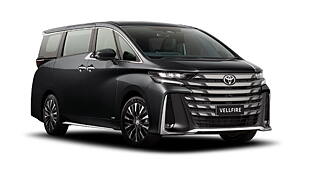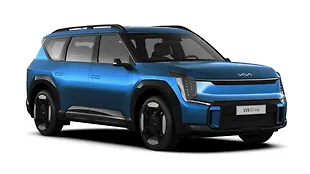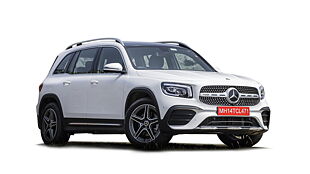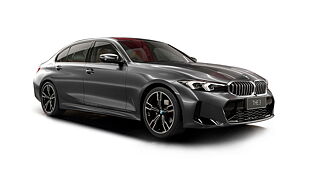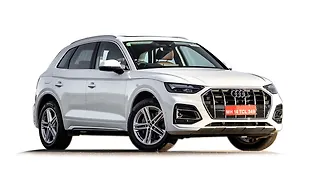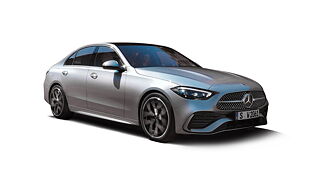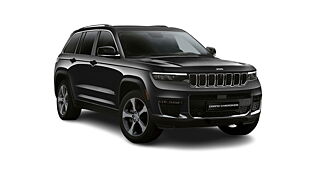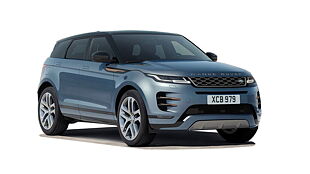Kia Carnival Limousine Plus
- Carnival
- Offers
- Specs & Features
- Variants
- Colours
- User Reviews
Variant
Calculate your EMI
EMI Calculator
Kia Carnival Limousine Plus Summary
Kia Carnival Limousine Plus Review
What is it?
7
Is the cabin of the new Kia Carnival any good?
6
Is the new Kia Carnival any good to drive?
6
Should you buy the new Kia Carnival?
7
Carnival Limousine Plus Specifications & Features
- Specifications
- Features
- Specifications
- Features
Specifications
Engine & Transmission
Engine2151 cc, 4 Cylinders Inline, 4 Valves/Cylinder, DOHCEngine Type2.2L CRDiFuel TypeDieselMax Power (bhp@rpm)190 bhp @ 3800 rpmMax Torque (Nm@rpm)441 Nm @ 1750 rpmMileage (ARAI)14.85 kmplDriving Range1069 kmDrivetrainFWDTransmissionAutomatic (TC) - 8 Gears, Paddle ShiftEmission StandardBS6 Phase 2Turbocharger / SuperchargerTurbochargedOthersIdle Start/StopValve/Cylinder (Configuration)4, DOHCDimensions & Weight
Length5155 mmWidth1995 mmHeight1775 mmWheelbase3090 mmCapacity
Suspensions, Brakes, Steering & Tyres
Features
Exterior
Braking & Traction
Safety
Comfort & Convenience
Lighting
Locks & Security
Doors, Windows, Mirrors & Wipers
Entertainment, Information & Communication
Mobile App Features
Storage
Airbags
Seats & Upholstery
Instrumentation
Manufacturer Warranty
Other Carnival Variants
| Variants | Price | Specifications | |
|---|---|---|---|
Rs. 63.90 Lakh | 7 Person, FWD, 441 Nm, 8 Gears, 2.2L CRDi , Electrically Adjustable, 72 litres, 1069 km, Vents Only, Vents on Roof , Front, Second & Third, 12.5 kmpl, Not Tested, 5155 mm, 1995 mm, 1775 mm, 3090 mm, 441 Nm @ 1750 rpm, 190 bhp @ 3800 rpm, Keyless, Yes (Automatic Three Zone), Front & Rear, 0, 360 Degree Camera, Yes, Yes, 1, Yes, Yes, No, 8 Airbags (Driver, Front Passenger, 2 Curtain, Driver Knee, Driver Side, Front Passenger Side, Rear Passenger Side), Yes, 1, BS6 Phase 2, 5 Doors, 14.85 kmpl, Diesel, Automatic (TC), 190 bhp | Get Offers from Dealers |
Carnival Alternatives
Carnival Limousine Plus Colours
The following 2 colors are available in Carnival Limousine Plus.
Kia Carnival Limousine Plus Reviews
- (29 Ratings) 17 Reviews
2.3/5
- Kia Carnival Limousine Plus reviewNo Value for Money. It's like kidding us. For this type of car, we can give a maximum of 45 lakhs on road price. Even though the exterior styling is appealing. The interior is still old & outdated. I still didn't understand what this car was trying to say to us in a huge price tag. Space is too much inside. We expected a good engine upgrade & waiting for the new generation carnival but they made us sad. Will try for a better option of value for money.Rating parameters(out of 5)4
Exterior
4Comfort
1Performance
1Fuel Economy
1Value For Money
About the ReviewerPurchase Not PurchasedDriven forDid a short drive onceWas this review helpful?25 - Best car in the marketSuper luxury car. Worth the price. Beats all Mercedes / BMW cars. Highly recommended. Eye catcher. All those complaining about the car being expensive have no experience. Finest car in the Indian market.Rating parameters(out of 5)5
Exterior
5Comfort
5Performance
5Fuel Economy
5Value For Money
About the ReviewerPurchase NewDriven forFew thousand kilometersWas this review helpful?312 - Should be manufactured in IndiaNo value for money. Should be manufactured in India and should be priced around 50L not more than that. On road price, many good options are there. After investing around 75L people prefer brand value. Can go for xc60 around 70L on the roadRating parameters(out of 5)3
Exterior
3Comfort
1Performance
2Fuel Economy
1Value For Money
About the ReviewerPurchase NewDriven forFew thousand kilometersWas this review helpful?163
Carnival Limousine Plus FAQs
Get in touch with Authorized Kia Dealership on call for best buying options like:
Doorstep Demo
Offers & Discounts
Lowest EMI
Exchange Benefits
Get The Best Deal
